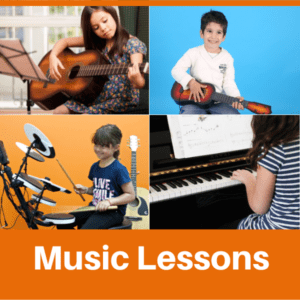
“Literacy opens doors to understanding, empathy, critical thinking, and the capacity for lifelong learning” (Canadian Children’s Literacy Foundation, n.d.). Children’s books are typically 2D with plenty of pictures but may include interactive components such as textures, buttons that make noises or flaps. However, they are not always accessible and suitable for children with exceptionalities. Books should be adaptable according to each child’s strengths and developmental stage. The best part is that adapted books do just that!
In the Universal Design for Learning framework, removing or reducing barriers promotes inclusion and encourages representation, engagement, expression and action within the lesson (Golloher, 2018). This framework intends to provide and present alternatives based on students’ needs (Golloher, 2018).
Adapted books are modified to make children’s literature more accessible and easier to understand (Allen, 2018; Hutson-Nechkask, 2013). They are interactive, motivating and target various literacy skills and skill sets, making them excellent resources used in therapy and for all children, including children with exceptionalities (Allen 2018).
Pictures and text symbols paired with vocabulary terms provide additional visual support to develop and increase listening and vocabulary comprehension (Allen, 2018; Golloher, 2018; Thomas & Ross, 2017). For instance, children who may have difficulty processing linguistic information may comprehend language by using their abilities to recognize the pictures and words than to recall them (Thomas & Ross, 2017). Adaptations may also be made where children with higher functioning can access adapted books that consist of less visual supports (Allen, 2018).
Adapted books increase confidence and provide children with a sense of accomplishment because they must place and move pieces within a book (Allen, 2018). The repetition of moving parts in the book improves participation and retention of new information (Allen, 2018). Adapted books may focus on various specific areas such as colours, life skills or prepositional concepts (Allen, 2018).
Adapted books are customizable, inexpensive, and fun for everyone. You can even add materials that promote sensory! If you would like to adapt existing children’s books, make sure you have the original book available with the adapted book you have made. I have created a few adapted books that are printable or used online. Nothing beats being able to modify books according to our children’s needs and to see them thrive. I hope you enjoy these books as much as I do!
Download Printable Adapted Books: I SPY & Counting at the Farm
Computer-Friendly/Virtual Adapted Books: Learning the ABCs & Grouping Colours
References
Allen, S. (2018, June 11). Why You Should Be Using Adapted Books in Your Classroom. Retrieved from Adapted books can vary with retention of new information.
Canadian Children’s Literacy Foundation. (n.d.). Literacy Matters. Retrieved from https://childrensliteracy.ca/Literacy-Matters
Golloher, A. (2018). Adapted Shared Storybook Reading: A Study of Its Application for Children With Autism Spectrum Disorders in Home Settings. Focus on Autism and Other Developmental Disabilities, 33(1), 35–46. https://doi.org/10.1177/1088357616681281
Hutson-Nechkash, P. (2013, July 23). SLP Corner: Adapted Books. Retrieved from https://www.pediastaff.com/slp/slp-corner-adapted-books-15412
Thomas, D. & Ross, B. (2017). Promoting Reading Success: The Effects of an Adapted Book on Reading Comprehension. J Commun Disorder Assist Technol., 1, 1–11. http://asterpublications.com/wp-content/uploads/2017/06/Promoting-Reading-Success.pdf
For more educational posts visit our Educational Posts Page
To keep up with new blog posts you can follow us on Facebook or Instagram
Or, sign up for our newsletter below for school updates.
Get updates on new classes, hosted events, and more.










